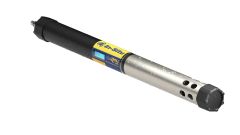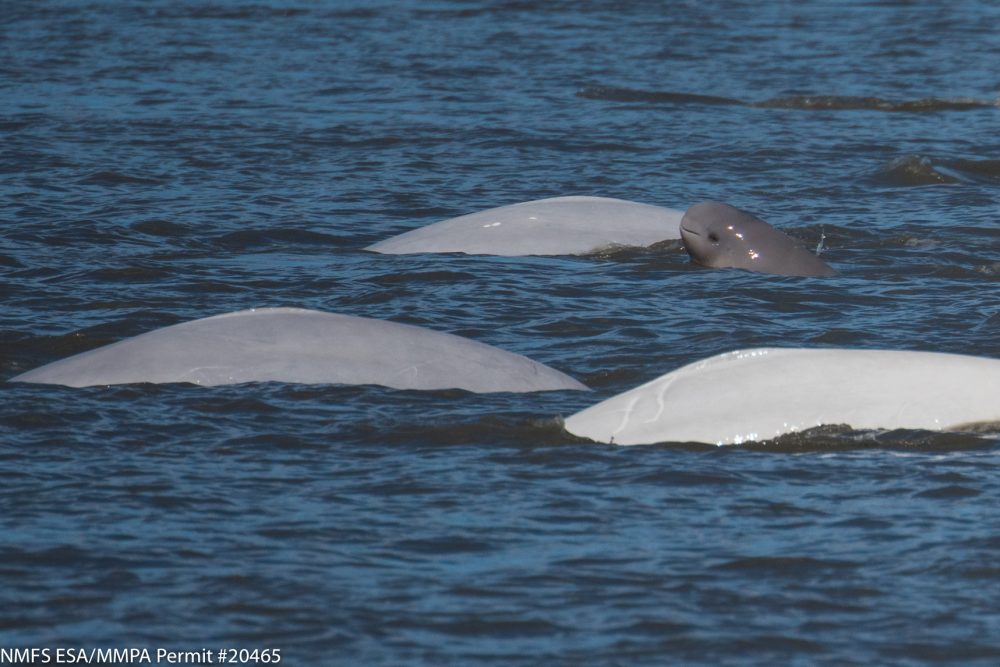Overview
Faced with a complex task to monitor a methane leak in Alaska’s Cook Inlet, Aridea Solutions selects In-Situ as its go-to partner to meet a host of challenges and help protect critical beluga whale habitat.
Challenge
Hired to monitor and evaluate the leak’s environmental impact, Aridea Solutions quickly determined that a buoy-based monitoring system would be most effective. But they faced multiple challenges, including:
- One of the largest tidal ranges in the world—26 feet between flood and slack tides
- A 1,000-yard exclusion zone around the leak to reduce risk of a natural gas fire
- Extreme temperatures and ice conditions that could damage the untethered buoy
Timing was also an issue. Typically, the build time for this type of project would be about 8 to 12 weeks. In this case the system had to be ready to go in just 10 days.
Solution
To craft a workable solution and meet the ambitious timeline, Aridea turned to In-Situ for help.
“In-Situ was one of the first sensor manufacturers we partnered with, going back to when we first launched the company, says Aridea Co-founder and Managing Director B.J. Evans. “We had enough experience with [them] to give us confidence that they could help us get this project done in time.”
Aridea sourced air and water sensors from four different vendors and used In-Situ’s Aqua TROLL 600 Multiparameter Sonde to measure temperature, conductivity, DO, salinity and pH.
“One of the big reasons we chose the Aqua TROLL 600 is because of its self-cleaning function,” says Evans. “With its enclosure we also knew it would stand up to conditions, even if it started icing. Finally, we knew if we had challenges with the instruments that In-Situ would back us up with service and spare parts.”
Results
Aridea was able to build the buoy-based monitoring system in just nine days, and their engineers were on site to deploy the buoy for multiple runs to collect monitoring data for the ADEC.
Fortunately, monitoring data quickly showed that the methane leak had little to no impact on the whales, and no violations of water quality standards were identified. Still, offshore oil production was halted until the leak could be repaired.
Overall, Evans says, the Aqua TROLL 600 offered the robust performance and accuracy the team needed, and the partnership with In-Situ played a huge role in the project’s outcome.
“We wouldn’t have been able to deliver the system if In-Situ didn’t have such a rugged product and hadn’t been able to deliver it to us so quickly,” he says.
Original case study written by BJ Evans
Alaska-Case-Study



